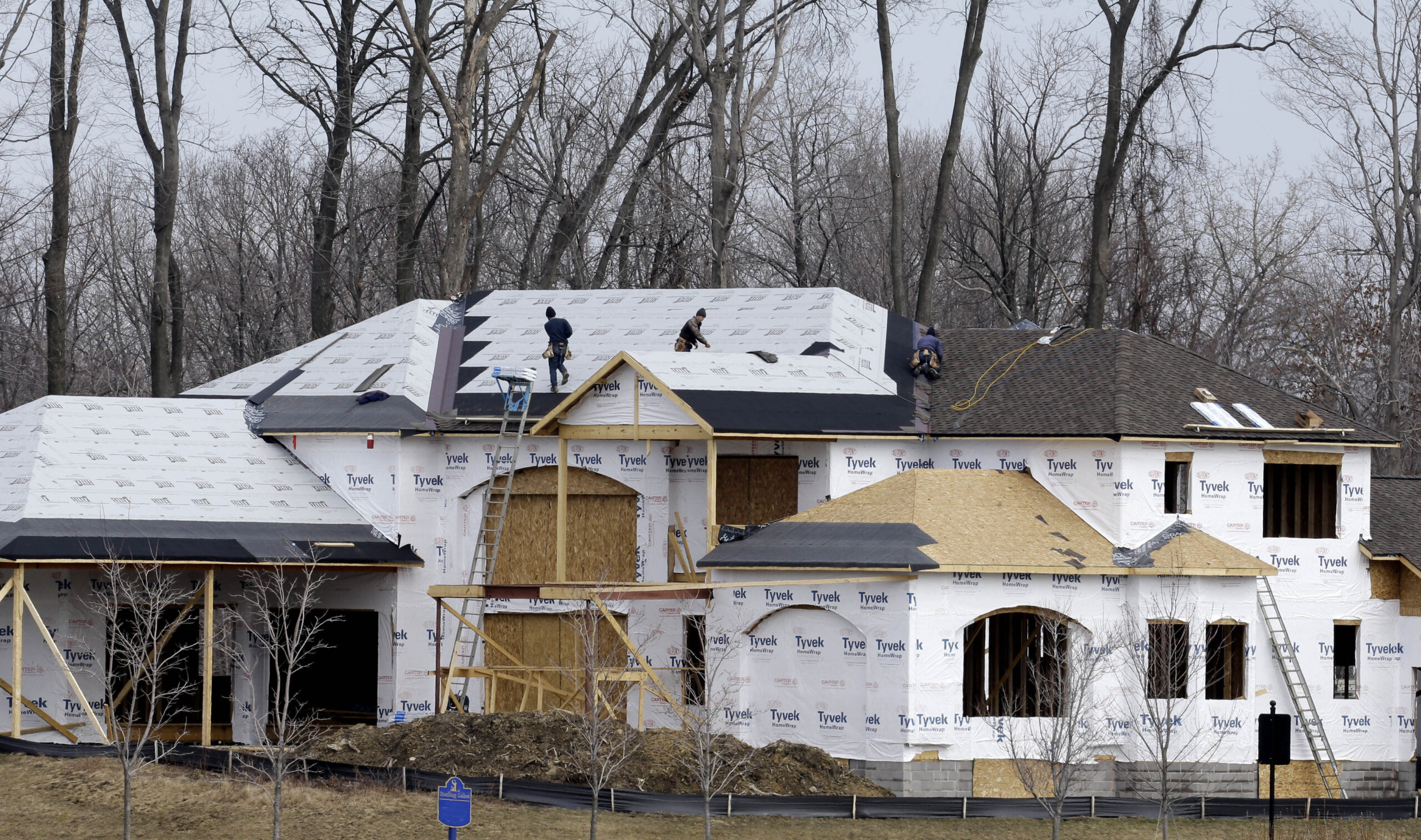

The number of housing starts ticked up in December despite pressure from high mortgage rates, a bit of good news for the economy.
Housing starts, the change in the number of new residential buildings that began construction, rose 1.9% from November to this past month, according to a Thursday report from the Census Bureau.
They are at a seasonally adjusted annual rate of 1.495 million. From December 2022, they increased by 6.1%.
For permits to build, which are seen as a proxy for future construction, the rate of new permits last month was 11.7% below the rate in December last year.
As of Wednesday, the average rate on a 30-year, fixed-rate mortgage was 6.88%, according to Mortgage News Daily, which tracks daily changes in rates. That is down from a recent peak of above 8% but is still considerably higher than in the years before the pandemic.
The housing market was red-hot during much of the pandemic because the Federal Reserve cut interest rates to near-zero levels, causing ultralow mortgage rates for homebuyers. Those historic rates spurred a massive upsurge of demand, causing prices to rise and new construction to skyrocket.
The whiplash from the swing in mortgage rates has generated ripples throughout the housing sector.
Housing starts peaked in April 2022, when they were the highest since 2006, just before the housing market crashed. Since then, they have gradually trended lower as mortgage rates rose.
Existing home sales increased slightly in November, although the pace of home sales is still down 7.3% from the year before. People who locked in very low mortgage rates during the pandemic are holding on to those mortgages now, creating scarcity and putting more pressure on home prices.
As a result, some upward pressure has been added to new home sales, which fell on a monthly basis in November but are still higher than in November 2022.
CLICK HERE TO READ MORE FROM THE WASHINGTON EXAMINER
Mortgage rates can be expected to fall some more next year when the Fed begins cutting interest rates. Investors are pricing in up to six rate cuts next year, a scenario that would be a good one for those looking to purchase a home.
Still, last month’s consumer price index report came in worse than expected and showed that inflation ticked up a bit. If the Fed is forced to hold rates higher than is expected by investors, it would be bad news for those wanting to see mortgages fall lower.







